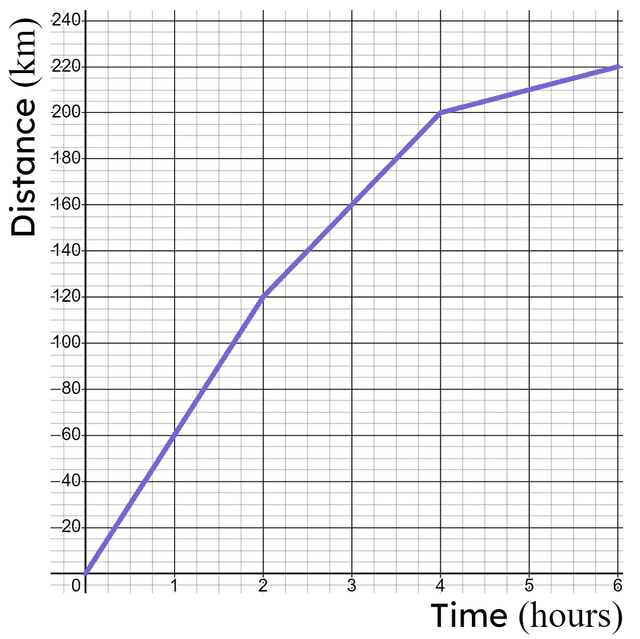Myths about teaching can hold you back


- Year 11•
- Higher
Calculating the rate of change
I can calculate the gradient and interpret this as the rate of change for real life contexts.


- Year 11•
- Higher
Calculating the rate of change
I can calculate the gradient and interpret this as the rate of change for real life contexts.
These resources were made for remote use during the pandemic, not classroom teaching.
Switch to our new teaching resources now - designed by teachers and leading subject experts, and tested in classrooms.
Lesson details
Key learning points
- For straight-line sections of a graph, it is easy to calculate the gradient.
- The gradient tells us the rate that one quantity changes with respect to the other.
- The gradient gives the rate that the $$y$$ variable changes with respect to the $$x$$ variable.
- The gradient can be interpreted in context and should be for real life contexts.
Keywords
Rate of change - The rate of change is how one variable changes with respect to another. If the change is constant, there is a linear relationship between the variables.
Gradient - The gradient is a measure of how steep a line is. It is calculated by finding the rate of change in the $$y$$-direction with respect to the positive $$x$$-direction.
Common misconception
Gradient is change in $$y$$ divided by change in $$x$$.
The gradient is calculated by considering the change in $$y$$ when moving one unit in the positive $$x$$ direction.
To help you plan your year 11 maths lesson on: Calculating the rate of change, download all teaching resources for free and adapt to suit your pupils' needs...
To help you plan your year 11 maths lesson on: Calculating the rate of change, download all teaching resources for free and adapt to suit your pupils' needs.
The starter quiz will activate and check your pupils' prior knowledge, with versions available both with and without answers in PDF format.
We use learning cycles to break down learning into key concepts or ideas linked to the learning outcome. Each learning cycle features explanations with checks for understanding and practice tasks with feedback. All of this is found in our slide decks, ready for you to download and edit. The practice tasks are also available as printable worksheets and some lessons have additional materials with extra material you might need for teaching the lesson.
The assessment exit quiz will test your pupils' understanding of the key learning points.
Our video is a tool for planning, showing how other teachers might teach the lesson, offering helpful tips, modelled explanations and inspiration for your own delivery in the classroom. Plus, you can set it as homework or revision for pupils and keep their learning on track by sharing an online pupil version of this lesson.
Explore more key stage 4 maths lessons from the Real-life graphs unit, dive into the full secondary maths curriculum, or learn more about lesson planning.

Licence
Prior knowledge starter quiz
6 Questions
Q1.In this table there is a __________ rate of change in the $$y$$ values.

Q2.In this table for every change of $$+1$$ in $$x$$ there is a change of _________ in $$y$$.

Q3.How do we know there is not a constant rate of change between the $$x$$ and $$y$$ variables in this graph?
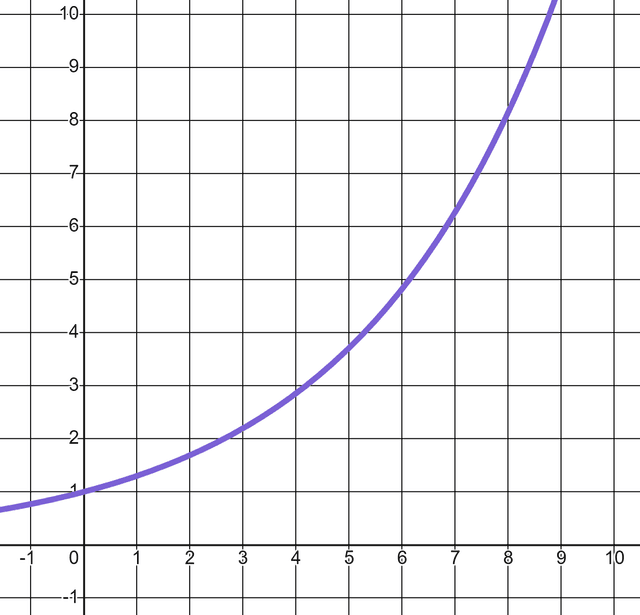
Q4.What is the gradient of this line?
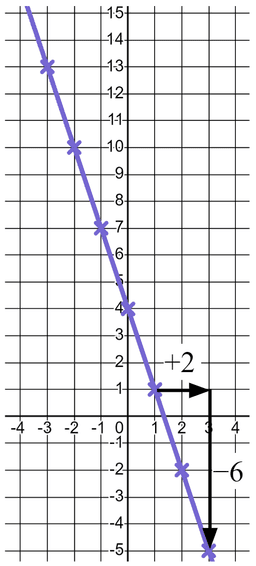
Q5.When we find the gradient on a distance-time graph we have calculated the __________ of the particle being modelled.
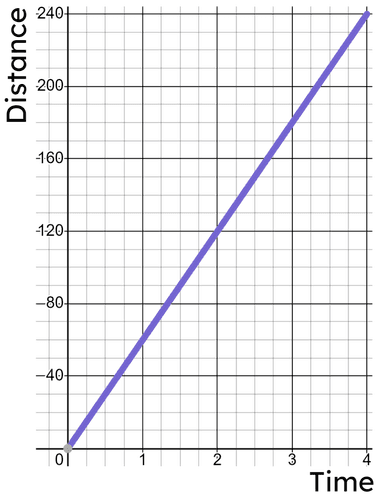
Q6.What is the gradient of this line?
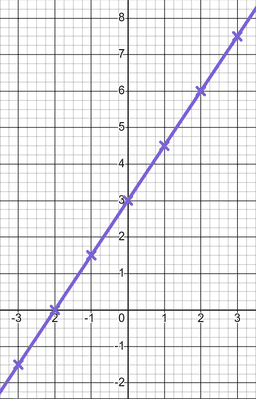
Assessment exit quiz
6 Questions
Q1.What is the gradient of this line?
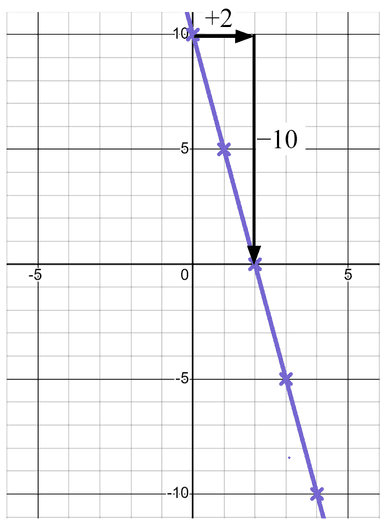
Q2.What is the gradient of this line?
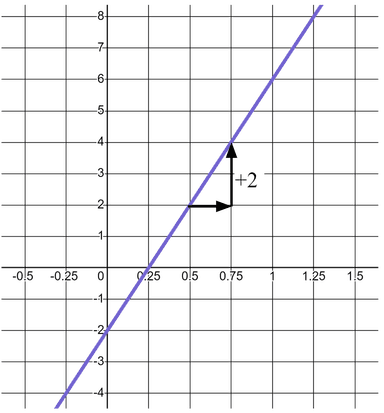
Q3.This is a conversion graph for British Pounds ($$£$$) to New Zealand Dollars ($${$}$$) and the gradient of the line is $$2$$. Which of the below statements are accurate?
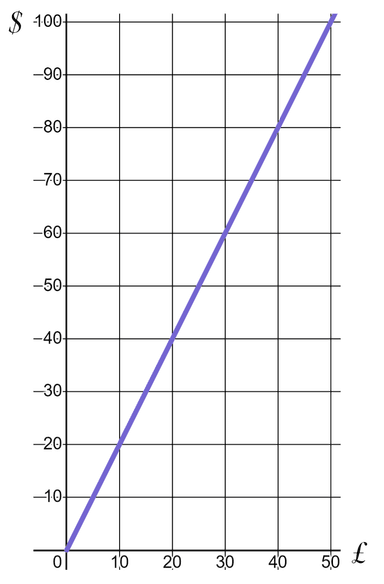
Q4.What is the speed of the vehicle modelled in this distance-time graph?
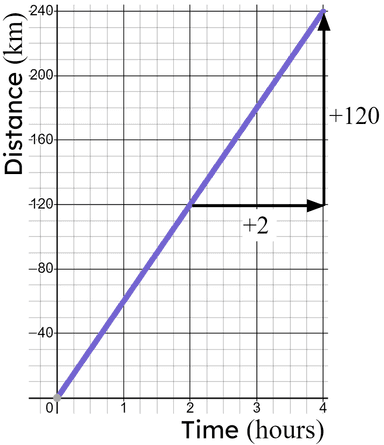
Q5.This graph shows the charges of a taxi firm in $$£$$ for every mile ($$m$$) travelled. Which of these statements are accurate about the rate of change for this taxi firm's charges?
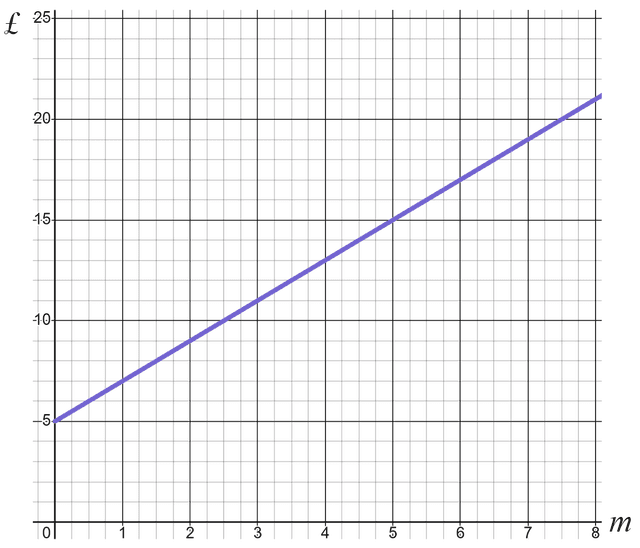
Q6.How much faster is this vehicle travelling in the first hour of its journey versus the sixth hour?
